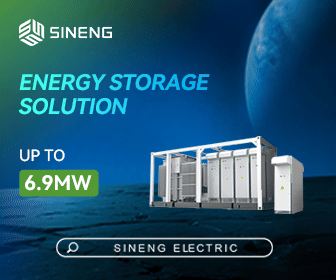Holiday Travel Tips for Renting Electric Vehicles from MoveEV Co-founder Kate Harrison
Kate Harrison, co-founder of MoveEV, an AI-powered EV transition company that helps organizations convert fleet and employee-owned gas vehicles to electric and reimburse for charging at home, offers tips for renting an electric vehicle for holiday travel:
Plan ahead - Many rental companies like Hertz, Enterprise and Avis now offer electric vehicle rentals. Hertz has grown to have the largest EV rental fleet in North America, offering cars like Polestar and Tesla, but that does not mean you will be able to get one. Make your EV rental reservation well in advance to ensure availability, especially during peak holiday travel season. Popular destinations and events may have high demand for electric vehicles, so booking early will help secure your rental.
Check for incentives - Look for incentives or discounts available for renting an electric vehicle with both rental car companies and major hotel brands. Hilton, Marriott, Holiday Inn and Best Western all have free charging for guests driving EVs. Tesla owners can also charge their vehicles for free when staying at Radisson hotels. The EV Hotels app can assist in finding hotel locations that offer EV charging. Rental car companies like Hertz and Avis are offering discounts on their base rates when you rent an EV. Some cities and regions offer promotional rates or perks for EV rentals, which can help you save money and enhance your experience.
Research charging infrastructure - Before renting an EV, research the availability and accessibility of charging stations in and around your destination area. Most modern EVs get between 200-300 miles when “full” but if you plan to do a lot of sight seeing you will need to refill along the way. Make sure there are ample charging options along your planned routes and at your destination to avoid range anxiety. Some brands, like Tesla, have charging station maps built into their navigation system, but you can also use google or a dedicated app. ChargeHub is a free app that helps EV drivers map charging stations along their route, offering more than 3,000 public charging locations and 9,700 private charging locations. Electrify America is another user-friendly app that maps where EV chargers are and provides real-time charger availability.
Find the charging port before you drive away - Unlike gas cars, EV charging ports are not consistently located in the same place on every make and model. Before you drive away, make sure you know where the car charging port is and how to open it. Also, look at the shape of the connection to identify the type of plug(s) the car uses. Many cars will have two connection options - one for level 1/level 2 chargers and one for DC fast chargers. If you have any questions, ask the rental car company for guidance.
Familiarize yourself with the EV's features - If you have never driven an EV before, it is worth taking time to learn more about the car. Many EVs have regenerative braking, one pedal driving, and do not require you to turn the car off when you leave. Others feel more like a traditional gas car. Understanding what you are renting can help you maximize your driving range and efficiency and give you more confidence as you head off the lot.
Monitor weather conditions - Extreme temperatures can affect battery performance, reducing the driving range. Keep an eye on weather forecasts, and if temperatures are exceptionally high or low, take that into account when planning your trips and charging stops as you may need to charge more frequently. When possible, park your EV inside to protect it’s battery performance.
Be mindful of cabin temperature - Electric vehicles often have advanced climate control systems that can decrease battery range. In extreme temperatures, use the vehicle's preheat or pre-cool feature while connected to a charger, this helps conserve battery power and extend your driving range.
Leave time to charge - If you have not been charging on vacation, you will need to fill up the car before you return. Unlike refilling at a gas station, EV charging can take a while. DC fast charging is the quickest option, but even that can take 40-60 minutes to refuel if the car is near empty. Don’t get stuck paying extra fees because you have not left enough time to top off!
MoveEV | https://www.moveev.com/









